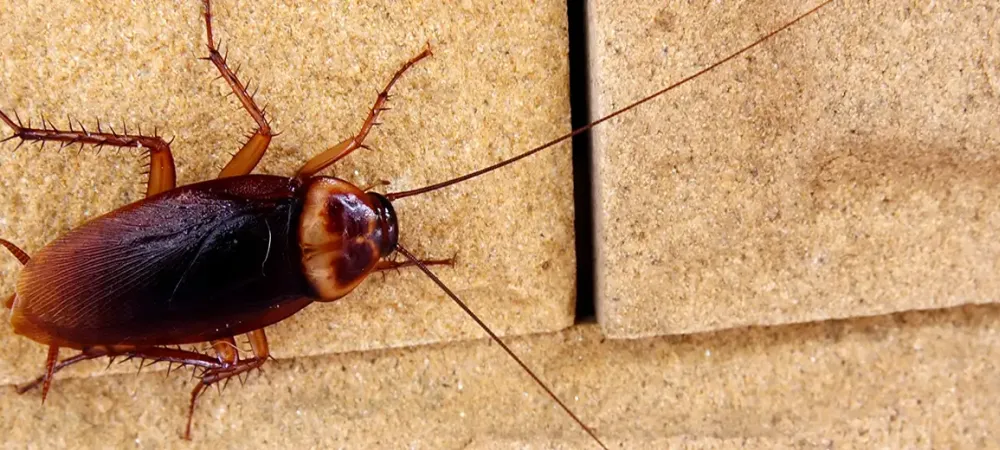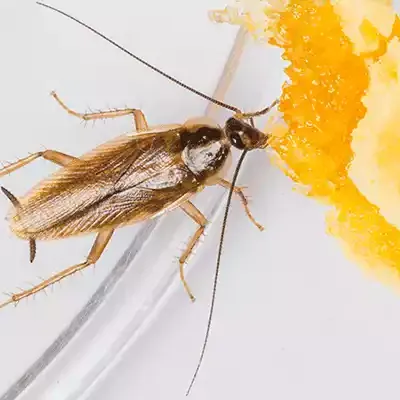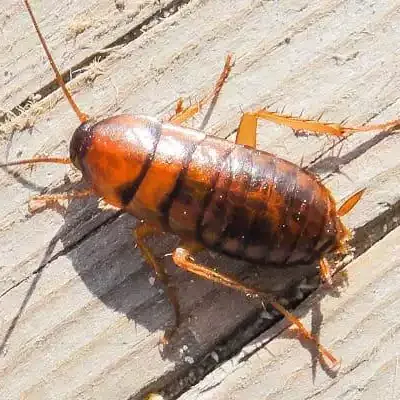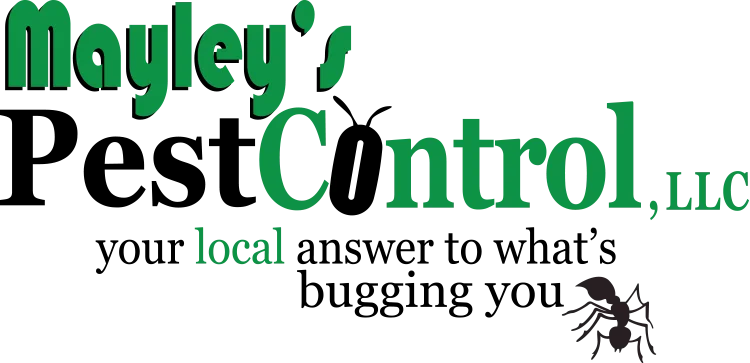
Summer Cockroach Problems in the Gulf Coast: Prevention Tips That Actually Work
Summer cockroach infestations along the Gulf Coast present unique challenges due to our hot, humid climate that creates ideal breeding conditions for multiple roach species. This complete guide covers everything homeowners need to know about preventing and managing cockroach problems, from basic identification through advanced exclusion strategies. Cockroach control can be achieved through integrated pest management involving sanitation protocols, moisture elimination, and strategic exclusion techniques. Most homeowners can handle preventive measures and minor infestations with proper guidance, while established colonies and severe infestations benefit from professional expertise. This comprehensive resource includes 6 essential sections covering identification, prevention strategies, treatment options, and regional considerations, plus expert insights from experienced Gulf Coast pest control professionals. Whether you're dealing with occasional kitchen visitors or persistent outdoor populations, this guide provides proven strategies for achieving long-term cockroach control in challenging Gulf Coast conditions.
Understanding Gulf Coast Cockroaches
What Are Gulf Coast Cockroaches?
Gulf Coast cockroaches are primarily German, American, and Oriental species that thrive in the region's warm, humid climate. These resilient pests seek moisture, food sources, and shelter inside homes, particularly during summer months when outdoor conditions become extreme and indoor environments offer consistent comfort.
The Science Behind Summer Infestations
High humidity levels (often exceeding 80%) combined with temperatures above 85°F create ideal breeding conditions. Cockroaches reproduce rapidly in these conditions, with German cockroaches producing up to 400 offspring in a single season. Their nocturnal behavior and preference for dark, warm spaces make kitchens, bathrooms, and utility areas prime targets.
Why Prevention Matters for Gulf Coast Homeowners
Beyond the obvious disgust factor, cockroaches carry 33 different bacteria, parasitic worms, and human pathogens. In humid climates, they also contribute to asthma and allergy problems. Property damage can occur through contamination of food sources and potential electrical issues resulting from nesting in appliances.
Common Misconceptions
Myth: Clean homes don't get cockroaches
Reality: Even pristine homes can develop infestations if moisture and entry points aren't properly managedMyth: Store-bought sprays solve cockroach problems
Reality: Professional-grade integrated approaches address root causes rather than just visible insects
Complete Cockroach Identification and Assessment Guide
Visual Identification Guide
Primary Indicators:
- German Cockroaches - Light brown, ½ inch long, with two dark stripes behind the head, the most common indoor species

- American Cockroaches - Reddish-brown, 1-2 inches long, yellowish figure-8 pattern on the head, prefer basements and crawl spaces

- Oriental Cockroaches - Shiny black, 1 inch long, strong musty odor, attracted to damp areas like laundry rooms

Severity Classification System
Level 1: Minor/Early Stage Occasional sightings (1-2 per week), droppings in isolated areas, no egg cases visible. DIY prevention and spot treatments are typically effective at this stage.
Level 2: Moderate/Established
Daily sightings, multiple droppings locations, musty odor present, and egg cases discovered. A professional consultation is recommended for comprehensive treatment planning.
Level 3: Severe/Advanced Daytime activity, numerous egg cases, strong odors throughout the home, multiple species present. Immediate professional intervention is required for health and property protection.
Assessment Tools and Documentation
Use sticky traps in corners and behind appliances to monitor pests. Document sighting locations, times, and species identification. Photograph evidence for professional consultations and track treatment effectiveness over time.
When to Seek Professional Assessment
Contact professionals when finding more than occasional insects, discovering egg cases, detecting persistent odors, or when DIY efforts show no improvement within two weeks.
Strategic Prevention Planning
Setting Realistic Goals
Short-term (1-3 months): Eliminate visible cockroaches, seal primary entry points, and establish monitoring systems
Long-term (1+ years): Maintain moisture control systems, seasonal prevention protocols, and professional partnership for ongoing monitoring
Resource Assessment
Time Investment: Daily kitchen sanitation (10 minutes), weekly deep cleaning focus areas (30 minutes), monthly exterior inspection and maintenance (1 hour) Skill Development: Learning to identify entry points, understanding moisture sources, recognizing early warning signs of re-infestation
Seasonal Planning Calendar
- Spring: Exterior sealing and barrier treatments before peak breeding season
- Summer: Intensive moisture control and increased monitoring frequency
- Fall: Structural repairs and preparation for winter shelter-seeking behavior
- Winter: Planning and interior maintenance focus while outdoor activity decreases
Step-by-Step Prevention and Treatment Protocols
Essential Tools and Materials
Basic Equipment:
- Caulk gun and silicone sealant - For sealing cracks, gaps, and entry points around plumbing and electrical penetrations
- Dehumidifier - Maintains humidity below 50% in problem areas like basements and crawl spaces
- Sticky monitoring traps - Professional-grade traps for ongoing population assessment and species identification
Core Implementation Process
Phase 1: Immediate Prevention (Week 1-2)
Preparation:
- Remove all food sources and deep clean kitchen appliances
- Identify and document all potential entry points and moisture sources
- Establish baseline monitoring with strategically placed sticky traps
Daily Process:
- Day 1: Complete kitchen deep cleaning, seal visible cracks and gaps
- Days 2-7: Maintain strict sanitation protocols, check traps daily, document findings
- Week 2: Assess trap results, adjust sealing efforts, and expand treatment areas as needed
Phase 2: Establishment and Monitoring (Week 3-6)
Weekly Activities:
- Monitor trap effectiveness and adjust placement based on activity patterns
- Address any new moisture sources or structural issues discovered
- Fine-tune sanitation protocols and identify high-risk areas requiring additional attention
Phase 3: Long-term Management (Week 7+)
Ongoing Requirements: Weekly trap inspection and cleaning protocols, monthly exterior perimeter inspections, seasonal deep cleaning of appliances and hidden areas, and quarterly professional consultations for monitoring and adjustment.
Success Indicators and Quality Control: Track declining trap counts over 4-6 week periods, absence of droppings and egg cases, elimination of musty odors, and no daytime sightings. Modify the approach if progress stalls or new areas of activity emerge.
When DIY Approaches Fail
Escalation Criteria:
- Population increase despite 4+ weeks of consistent prevention efforts
- Discovery of multiple species or large egg case concentrations
- Health concerns or asthma symptoms developing in household members
Professional Benefits: Advanced diagnostic equipment identifies hidden harborage areas, professional-grade materials provide longer-lasting results, and integrated pest management addresses multiple contributing factors simultaneously.
When and How to Work with Cockroach Control Professionals
DIY vs. Professional Exterminators
Ideal DIY Scenarios:
- Early detection situations - Single species, limited areas, responsive to initial prevention efforts
- Preventive maintenance - Ongoing monitoring and environmental management after professional treatment
Professional Service Indicators:
- Multi-species infestations - Complex treatment protocols requiring species-specific approaches and professional-grade materials
- Structural issues - Major moisture problems, extensive entry points requiring construction-level repairs
- Health concerns - Asthma triggers, immune-compromised household members, food service businesses
Working Effectively with Professionals
To maximize the effectiveness of professional cockroach control services, prepare detailed documentation of sighting locations, timing patterns, and any previous treatment attempts before your consultation. This information helps technicians develop targeted treatment strategies specific to your infestation patterns. Maintain basic prevention protocols between professional visits to support treatment effectiveness. Communicate any household health concerns or chemical sensitivities during the initial consultation to ensure the selection of appropriate products.
Contact the Professionals at Mayley's Pest Control for Expert Gulf Coast Cockroach Control
Don't let summer cockroach problems compromise your family's health and comfort in your Gulf Coast home. Mayley's Pest Control's experienced pest control technicians understand the unique challenges of coastal humidity and seasonal pest pressures, providing comprehensive solutions that address both immediate infestations and long-term prevention strategies. With years of experience serving Gulf Coast homeowners, Mayley's Pest Control has the knowledge and expertise to solve your cockroach problems quickly, safely, and efficiently.
